Art is a reflection of civilisation. How apt then, that the last time I wandered beside the Arts Centre in Victoria there were ‘artists’ dressed up as sheep pretending to eat the lawn – baa-ing at passersby who shrugged off the experience as ‘Victoria’.
Our concept of ‘art’ has been going wrong for a while, but I first noticed its decline in earnest when our art teacher – a failed artist herself – asked us to write a two-page essay on the genius of a blank canvas presented as ground-breaking modern art.
In other words, doing nothing has become the height of talent with the bar for creativity set so low that anyone with enough spare change to purchase a canvas can now join the rarefied ranks of ‘genius’.
What I should have written in response to that assignment was a single word, ‘Bullsh*t’, but I was not yet disagreeable enough to storm the art department and host a revolution in the name of ‘good taste’.
The idea that ‘anything’ counts as art was always popular among the talent-less mass of university hopefuls, groping at public grants. It’s not true. People know the difference between art and trash just as Pavarotti inhabits a different realm to the endless monotony of synthesised Pop (and I say that as a child of the 80s partial to a bit of Backstreet Boys and Spice Girls).
As one young person introduced to Pavarotti for the first time said, ‘it pierces through your spirit – he just makes you feel it’. People report a similar sensation standing beneath Michelangelo’s work at the Sistine Chapel.
‘Art’ is what you feel standing in front of a towering oil painting, affixed to the wall with hefty chains and the slightest veneer of dust, that causes you to wonder how a human hand could create such a thing out of nothing. It is the sensation of marvel experienced when a person is unable to understand the depth of talent put forward by their fellow human beings. How does Ivan Aivazovsky trap the sun within his watery landscapes – or Brett Whiteley capture the voices of the lyrebird with a paintbrush? For art to be art it must transcend the ordinary.
While it does not particularly matter that our art galleries are full of piles of trash, disturbing performances, political nonsense, and bizarre explorations of toxic ‘self’ (except for all the public money required to prop up the nightmare), of more concern is the artistic state of our civilisation in general.
Western cities are ugly.
If it was erected in the last 120 years, you can almost guarantee that a building is little more than a rotting shell of concrete, steel, and glass that no one will cry over. Our cities are being constructed in worship of ‘progress’, with the graces of efficiency, function, cost, and space taking precedence over pleasure. To waste money on a single beautiful embellishment has become an architectural crime.
As these monstrosities of modernity populate our cities, their architects have become jealous of the few remaining sandstone structures that linger as proof that humans are capable of so much more.
Their response is not to learn from the talented masons of the past and use modern techniques to create expansive works of beauty, but rather to petition councils and developers to rip them apart because, as with our felled ancient fig trees, these buildings are ‘expensive’ and ‘dangerous’ to maintain. How many times was Sydney’s Queen Victoria Building gutted, pillaged, threatened with execution, and reduced to a potential plot of land? The public saved what the local council now claims as a cultural jewel.
For proof of this jealous Age, we can look to the discussion surrounding the burning of Notre-Dame and its plans for restoration.
The wreckage was still smouldering when the vultures stepped forward with grand ideas to transform one of the greatest building achievements in human history into a temple of vile Woke bastardy and tasteless desecration – not only of the building’s spiritual personality, but of humanity as a whole.
‘The international competition will allow us to ask the question of whether we should even recreate the spire as it was conceived by Viollet-le-Duc, or whether, as if often the case during the evolution of heritage, we should endow Notre-Dame with a new spire that reflects the techniques and challenges of our era,’ said Prime Minister Edouard Philippe.
He was smacked down by the public so hard it is astonishing he is able to stand at all. The French Senate passed a bill against the Prime Minister’s wishes, ensuring no further damage could be done to Notre-Dame by the grubby hands of progress.
Finally, with the French government ignoring the screeching of environmentalists, a thousand oaks have been taken from 200 French forests to make ready for the cathedral’s rebuilt frame.
Notre-Dame was saved from the politicians and ‘artists’ by public outrage, but there are fewer who care about artistic integrity every year. The young are allergic to talent. They have been told that competition is sinful, achievement is a capitalist evil, and beauty is white supremacy.
This leaves Western Civilisation trapped between two forces – political and corporate greed, and a paradigm shift in favour of inadequacy.
We can hardly call ourselves the height of human civilisation when individuals living and working in poverty 900 years ago remain superior in talent to university graduates with multiple degrees.
Frankly, it is astonishing we have anything of beauty left, given the behaviour of our local councils who appear to have ‘destruction’ stamped in their DNA, enabled by the endless developer horde that agitates around the relics of our past.
Claude Henri de Rouvroy, comte de Saint-Simon said that after the establishment of a socialist order, human civilisation would begin a ‘new organic age’ of unified belief, organisation, cooperation, and stability. The problem is, human beings cannot love order in the way that they worship their gods and partners. Even the ferocity of nature – more dangerous than a dictator – can cast a spell of affection that would make the government lecherous in its desire.
Without irrational love, human beings do not make anything beautiful. Artwork made for the pleasure of the state is as cold and barren as its collectivist soul.
As Will and Ariel Durant wrote of the period marking the fall of the old gods, ‘Caught in the relaxing interval between one moral code and the next, an unmoored generation surrenders itself to luxury, corruption, and a restless disorder of family and morals, in all but a remnant clinging desperately to old restraints and ways. Few souls feel any longer that “it is beautiful and honourable to die for one’s country”. A failure of leadership may allow a state to weaken itself with internal strife. At the end of the process a decisive defeat in war may bring a final blow, or barbarian invasion from without may combine with barbarism welling up from within to bring the civilisation to a close.’
And so it is with the West; lost in the finding of ‘truth’ it has let go of reality. Without beauty, our nation has no soul.
Got something to add? Join the discussion and comment below.
Get 10 issues for just $10
Subscribe to The Spectator Australia today for the next 10 magazine issues, plus full online access, for just $10.

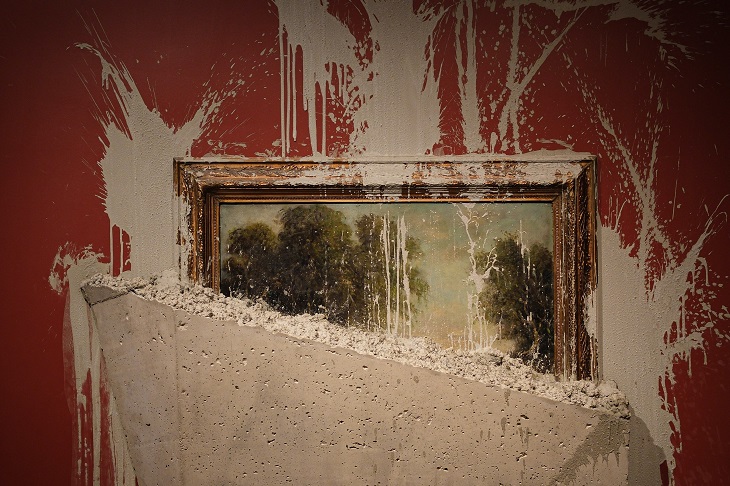
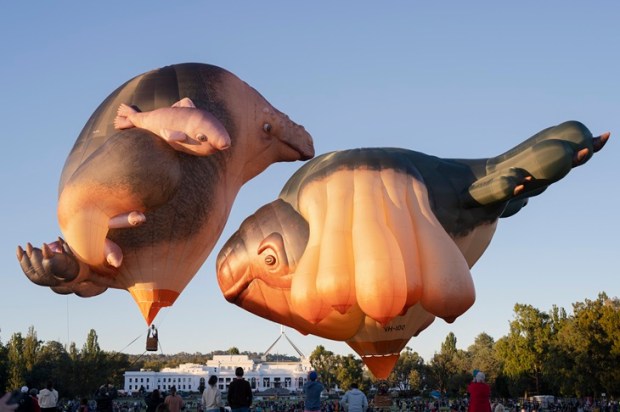
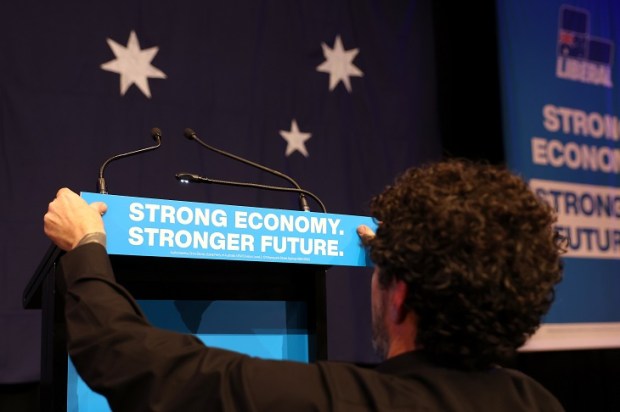
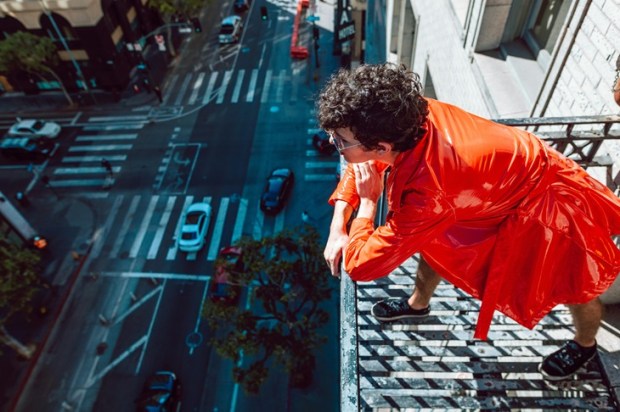

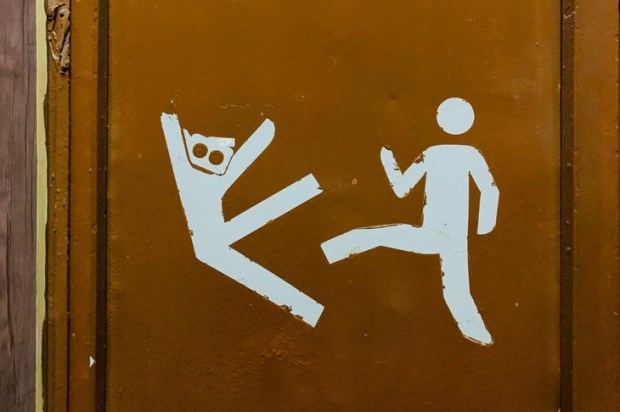
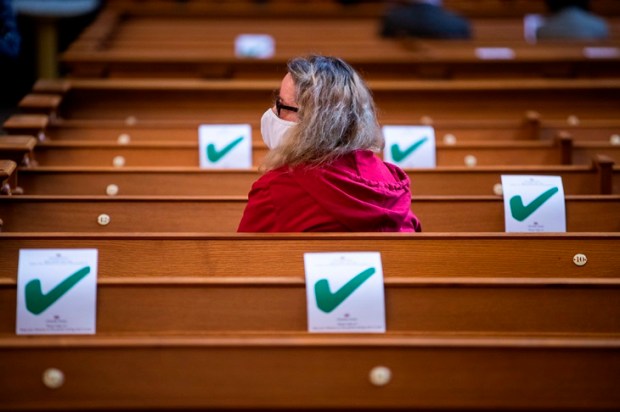


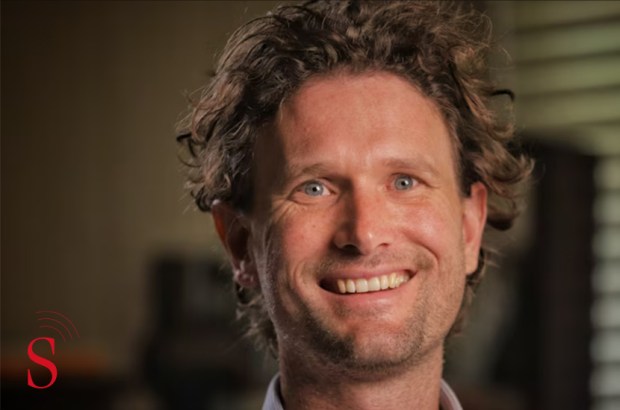
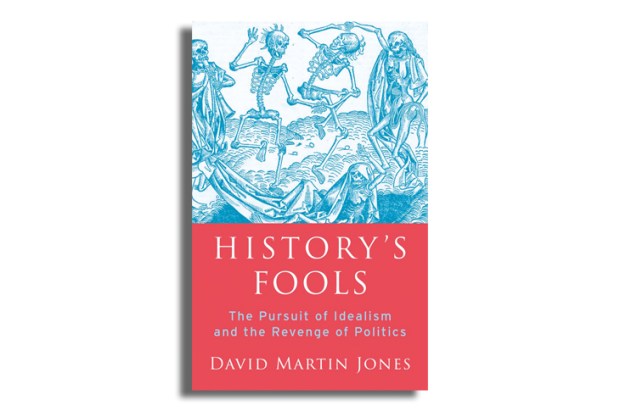














Comments
Don't miss out
Join the conversation with other Spectator Australia readers. Subscribe to leave a comment.
SUBSCRIBEAlready a subscriber? Log in